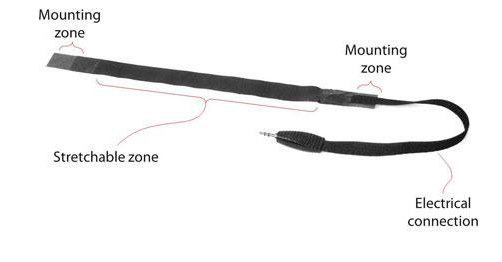"We are in constant contact with NASA - continues Zamboni - to assess whether and how to overcome various rocks, beginning with the creation of the prototype destroyed as validate it, how to transport it to the US and as a means to send him on the space station." The timing is impossible, at present, hazard a guess, but all is not lost in the disaster of the Antares rocket. "One of the experiments can still be performed aboard the orbiting station - ensures Zamboni - These are analyzed ultrasound cerebral vessels of the astronauts, who were instructed to autoeseguire on themselves a series of tests" guided "by me, As a principal investigator of the program. The objective is twofold: to study the physiology of the cerebral circulation in the absence of gravity and explain the symptoms that bring the astronauts back to Earth. " In other words, the studies of human physiology in orbit allow to "recreate" in a sort of "laboratory" conditions of venous insufficiency and observe the mechanisms. A faint, with the explosion of the freighter, was the necessary equipment to collect and process real-time information. For his part, the President of ASI Roberto Battiston assured that "the experiments will be replaced as soon as possible."
The bolded part to me reads that one of the experiments is ok to go and one needs to be rebuilt. It's the plethysmography prototype that needs rebuilding & revalidating.
Two completely new developments in diagnostics are proposed with Brain Drain (whose project manager is Angelo Taibi, of the Physics and Earth Science Department of University of Ferrara): the plethysmograph (plethysmographic collar), a totally non-invasive and non-operator-dependent device, and the development of a jugular path synchronized with the electrocardiogram, "to derive in a non-invasive way the jugular vein pulsation and to characterize the cardiac impact."
Ok, there's the latter experiment that sounds like it is still good to go forward. That's not nothing but the plethysmography has captivated my interest from day one. I have been waiting to hear what can be done for rescheduling Brain Drain but what Cheer posted sounds like they have to rebuild and revalidate the prototype plethysmography collar. The astronaut who was to conduct the experiment goes up in November and I wonder how long she will be up?
A European Space Agency (ESA) astronaut of Italian nationality, Samantha Cristoforetti is currently training for the second long duration mission of the Italian Space Agency (ASI) on board the International Space Station. She will be a Flight Engineer for Expedition 42 and 43 between December 2014 and May 2015. Samantha is a Captain in the Italian Air Force.
http://samanthacristoforetti.esa.int/
But weren't they going to take measurements here on Earth before the trip and then measurements on the space station. So to conduct that part of the experiment they'd need the prototype done again before the astronauts go up. It would not work to use the baseline on-Earth measurements done by the now-exploded plethysmography collar because it could be slightly different than the recreated one. Or is some of that opportunity already lost if the three astronauts who went up in September had their pre-measurements taken?
Soyuz 41
Crew: Anton Shkaplerov, Terry Virts, Samantha Cristoforetti
Launch: Nov. 23, 2014, 3:59 p.m. EST
Ok it is 21 days and 2 hours until launch.
That doesn't seem like enough time.

If it was just a matter of recreating the collar and sending it up on a latter supply rocket, there would be all the time until May to get it done before her mission ends. I would be so happy if this can be pulled off. I can't blame the rocket operator for exploding it because they were probably following protocol or following their own knowledge of what the risks were and that's all beyond my knowledge base to even judge if their actions were correct. I do however very much wish it had all gone according to plan.

